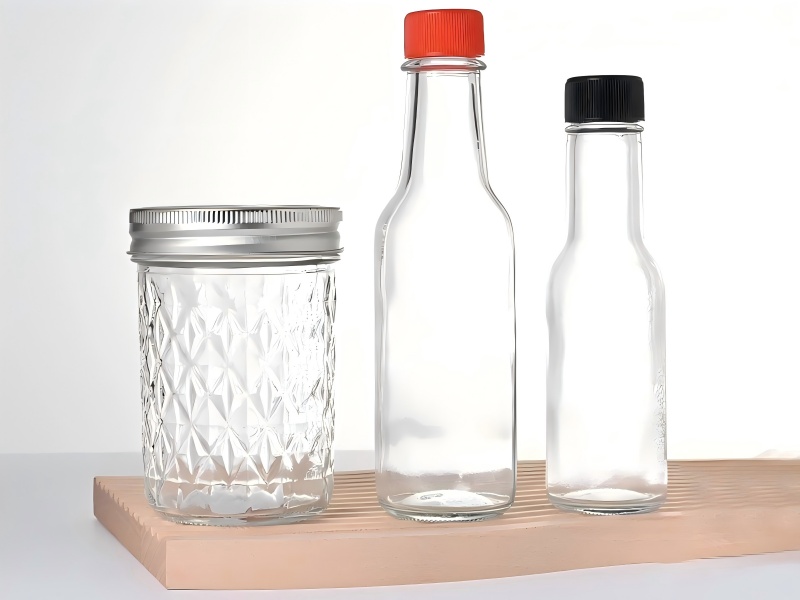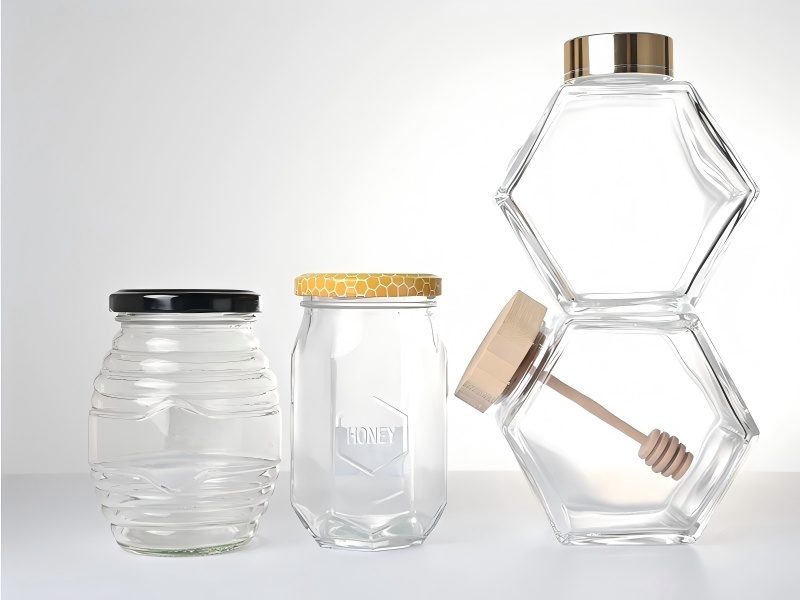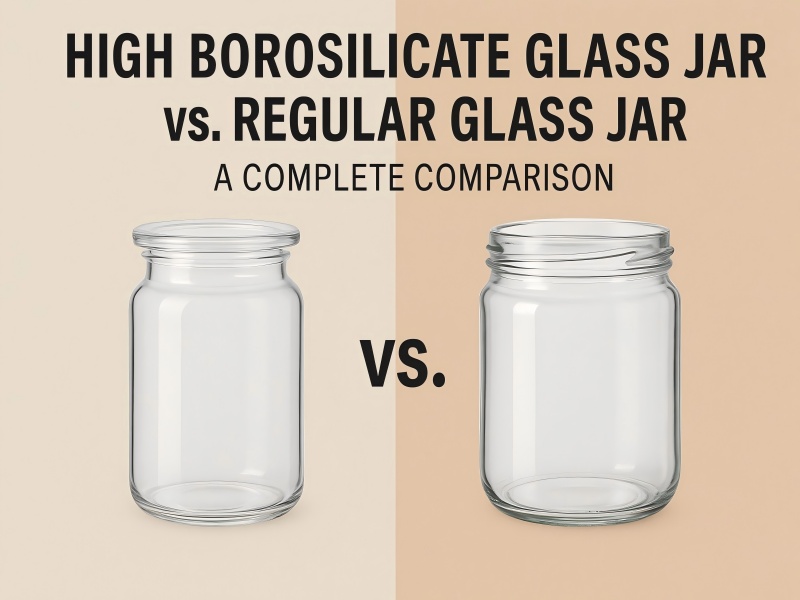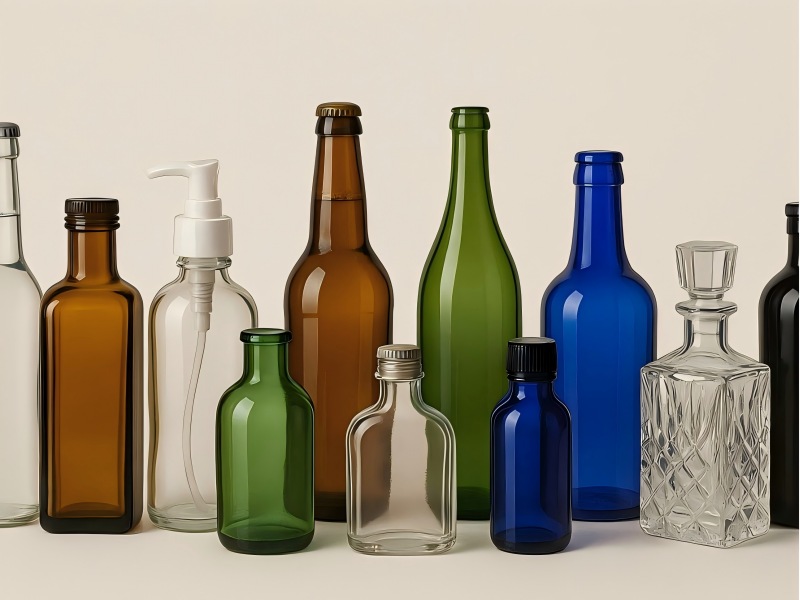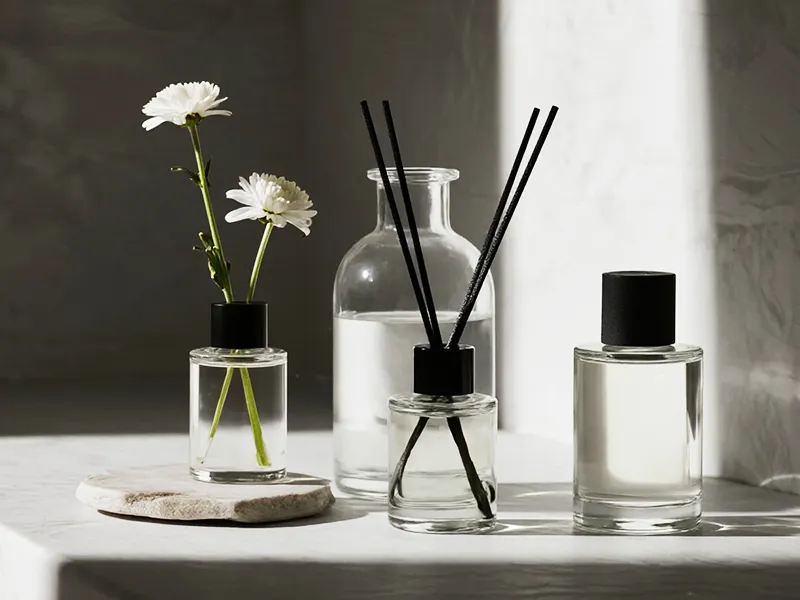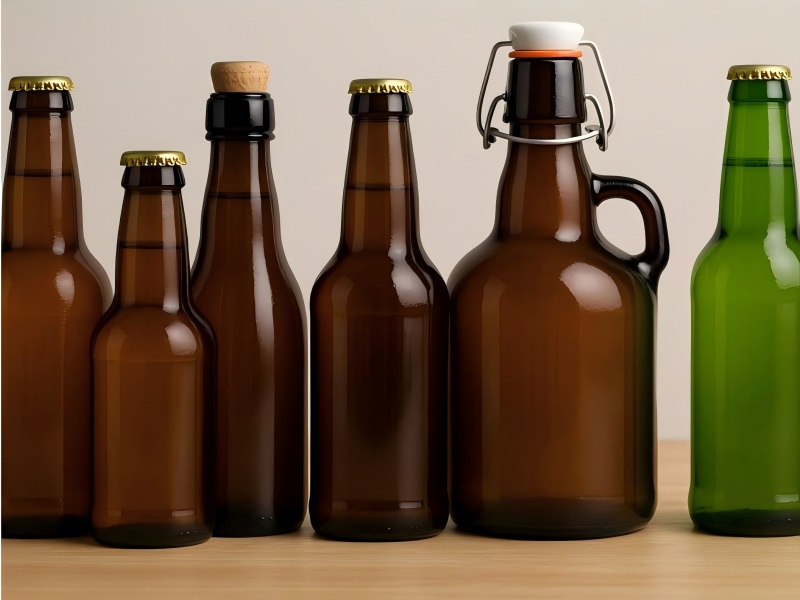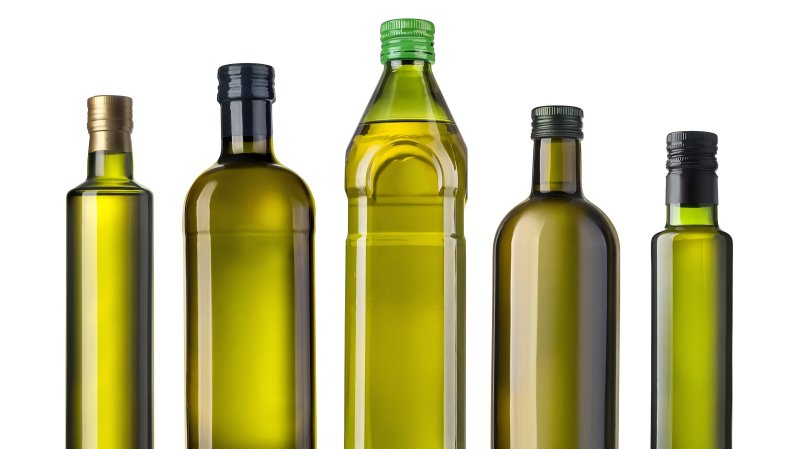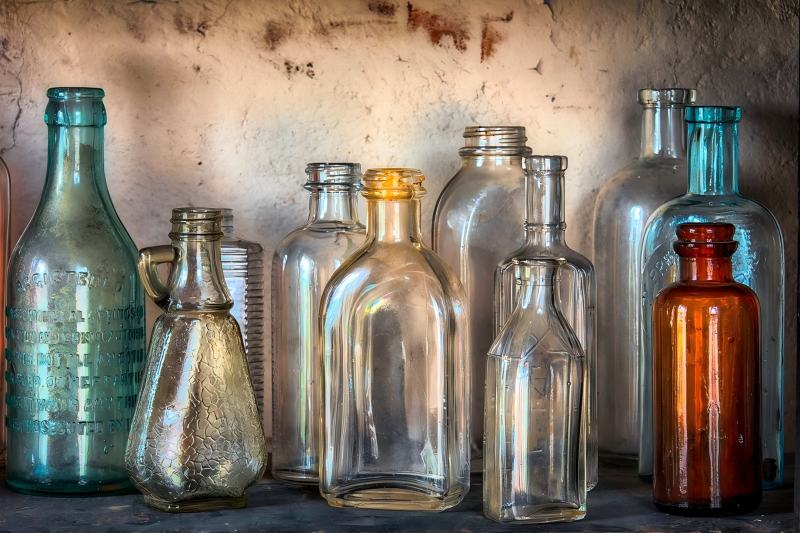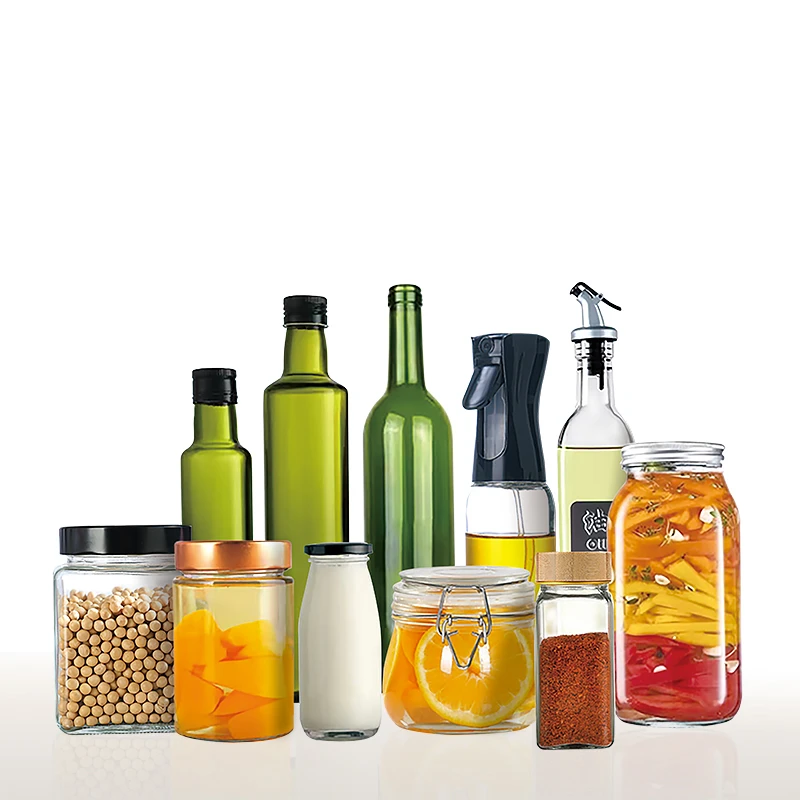Glass vs. Plastic Spice Jars: Which Keeps Spices Fresher?
In any kitchen—from Michelin-starred restaurants to cozy home setups—spices are the soul of cooking. But preserving their flavor, color, and aroma over time requires the right storage. One of the biggest decisions for both home cooks and commercial producers is: should spices be stored in glass or plastic jars? While both materials offer convenience and affordability, their effectiveness at maintaining spice freshness varies significantly.
In this article, we’ll dive deep into the pros and cons of glass and plastic spice jars, examining key factors such as airtightness, UV protection, chemical stability, environmental impact, and cost. By the end, you’ll know exactly which option is best for keeping your spices fresh and potent for longer.
Why Spice Freshness Matters
Spices lose their quality over time due to exposure to four main elements:
- Air (oxygen) – Leads to oxidation and flavor degradation.
- Light (especially UV) – Destroys essential oils and aromatic compounds.
- Moisture – Encourages clumping and mold growth.
- Heat – Accelerates volatile oil loss and aroma breakdown.
Storing spices in the wrong type of container can accelerate deterioration, resulting in bland or even spoiled ingredients. Choosing the right jar material is crucial to preserving flavor and extending shelf life.

The Case for Glass Spice Jars
Glass is a traditional choice for spice storage—and for good reason.
✅ Benefits of Glass Spice Jars
1. Non-porous and Non-reactive
Glass does not absorb odors or leach chemicals into the contents. It acts as an excellent barrier to air and moisture, keeping spices stable over time.
2. Excellent Airtight Sealing
Most glass spice jars come with screw-on, cork, or clamp-seal lids that offer strong airtight closures, helping prevent oxidation and moisture ingress.
3. Inert and Food-Safe
Glass is chemically inert. It doesn’t react with acidic or volatile compounds in spices like vinegar-based blends or chili powders.
4. UV Protection (when tinted)
Amber or green-tinted glass jars protect spices from light degradation, preserving oils, color, and scent longer—especially for sun-sensitive spices like paprika and turmeric.
5. Aesthetic Appeal
Glass jars offer clarity and a premium feel. They’re attractive on kitchen shelves and popular in gourmet packaging and refill stores.
6. Eco-Friendly and Reusable
Glass is fully recyclable and can be reused indefinitely without quality loss, making it a sustainable long-term choice.
❌ Drawbacks of Glass Spice Jars
- Breakability: Glass is fragile. It can chip, crack, or shatter when dropped.
- Weight: Heavier than plastic, which may matter for transport or wall-mounted spice racks.
- Cost: Typically more expensive upfront than plastic jars.
- Lid Compatibility: Some glass jars use metal lids, which may corrode over time if not properly sealed or used near moisture.

The Case for Plastic Spice Jars
Plastic spice jars are everywhere, especially in commercial grocery packaging. But are they effective at keeping spices fresh?
✅ Benefits of Plastic Spice Jars
1. Lightweight and Durable
Plastic jars are nearly unbreakable, making them ideal for high-traffic kitchens or portable spice kits.
2. Cost-Effective
Plastic containers are cheaper to produce, which is why most supermarket spices come packaged this way.
3. Squeezable and Versatile
For spice blends or powders used frequently, plastic can be molded into shaker tops, squeeze bottles, or flip-lids for convenience.
4. Variety of Materials
Plastics such as PET (polyethylene terephthalate), HDPE (high-density polyethylene), and PP (polypropylene) are commonly used and approved for food contact.
❌ Drawbacks of Plastic Spice Jars
1. Porosity and Absorption
Plastic can absorb the volatile oils in spices over time, affecting aroma and possibly contaminating future contents.
2. Chemical Leaching
Lower-grade plastics may release compounds like BPA (bisphenol A) or phthalates, especially when exposed to heat, oil, or acid.
3. Less Airtight
Plastic lids tend to wear out faster, and cheap closures may not form an airtight seal, leading to faster oxidation.
4. UV Vulnerability
Unless specially treated or tinted, plastic jars allow light to penetrate, accelerating degradation of sensitive spices.
5. Shorter Lifespan
Plastic becomes brittle over time and degrades with repeated washing, especially in hot dishwashers.
Head-to-Head Comparison Table
| Feature | Glass Spice Jars | Plastic Spice Jars |
| Airtightness | Excellent (especially with seals) | Varies; often inferior |
| UV Protection | High (if tinted) | Low (unless treated) |
| Chemical Stability | Inert, non-reactive | Can leach or absorb oils |
| Odor Retention | No | May absorb or transfer scents |
| Durability | Fragile | Highly durable |
| Eco-Friendliness | Recyclable and reusable | Less recyclable, short lifespan |
| Weight | Heavy | Lightweight |
| Price | Higher upfront cost | Lower upfront cost |
| Aesthetics | Clear, premium look | Practical but basic |
| Shelf Life for Spices | 12–24 months (ideal) | 6–12 months (often less optimal) |
Which Spices Need the Most Protection?
Not all spices are created equal when it comes to freshness preservation. Some are more vulnerable to environmental degradation:
| Spice | Storage Concern | Best Container |
| Paprika | Light and air sensitive | Tinted glass with seal |
| Oregano | Loses volatile oils quickly | Airtight glass or HDPE |
| Turmeric | Sensitive to light | Amber glass jar |
| Chili powder | Oil and color degradation | Non-reactive glass |
| Basil & mint | Aroma fades quickly | Dark, airtight glass |
| Black pepper | Requires dryness | Sealed plastic or glass |
For these spices, glass is typically the safer long-term bet.
Real-World Testing: Glass vs. Plastic Over 6 Months
A 2023 kitchen storage study evaluated glass and plastic containers storing ground turmeric and chili powder. Here’s what researchers found:
Glass Jars (tinted amber, airtight):
- Retained 85–90% aroma
- Maintained vibrant color and oil content
- No cross-contamination of smell between reused jars
Plastic Jars (PET, clear):
- Retained 60–70% aroma
- Color faded significantly
- Jar interior absorbed spice oils
Conclusion: Glass clearly outperformed plastic in preserving potency, color, and smell.

The Hybrid Approach: When to Use Both
While glass is superior for long-term freshness, plastic has its place too—especially in commercial settings or for portability.
Suggested Use Strategy:
- Glass for long-term storage: Keep bulk spices in glass jars (especially whole spices) in your pantry or spice drawer.
- Plastic for frequent use: Store smaller amounts in plastic shaker jars for everyday seasoning and refilling from glass stock jars.
- Avoid refilling cheap plastic containers: Over time, plastic degrades and may leach chemicals or retain previous aromas.
Packaging, Labeling & Refill Station Trends
As sustainability becomes a growing priority in 2025, refillable glass jars are gaining traction in:
- Zero-waste grocery stores
- Farmer’s markets
- Specialty spice shops
Consumers are encouraged to bring or reuse glass jars to reduce waste and enjoy fresher, more traceable ingredients.
Some spice brands now offer:
- Pre-labeled glass jars with refills in compostable pouches
- Magnetic glass jars for modern spice walls
- UV-coated glass to extend product shelf life without dark storage
Tips for Keeping Spices Fresher Longer
Regardless of your jar choice, these practices make a difference:
- Keep lids tightly closed at all times
- Store in a cool, dark place (avoid heat and sunlight)
- Don’t shake directly over steaming pots – moisture gets into the jar
- Use clean, dry measuring spoons to avoid contamination
- Buy whole spices and grind fresh when possible
Final Verdict: Which Keeps Spices Fresher?
Winner: Glass Spice Jars
If your goal is maximum freshness, aroma preservation, and shelf life, glass jars—especially tinted and airtight ones—are the superior choice. They offer chemical stability, light protection, and do not absorb or release unwanted substances.
Plastic may be cost-effective and durable, but it compromises freshness over time, particularly for volatile or light-sensitive spices.
Choosing between glass and plastic spice jars depends on your priorities. For long-term storage, flavor retention, and sustainability, glass reigns supreme. If convenience, portability, or short-term use are your main concerns, plastic may suffice.
For most home cooks, a combination of both can offer the best of both worlds—glass for storage, plastic for accessibility. Either way, the key is to protect spices from air, light, heat, and moisture—and choosing the right container is the first critical step.

